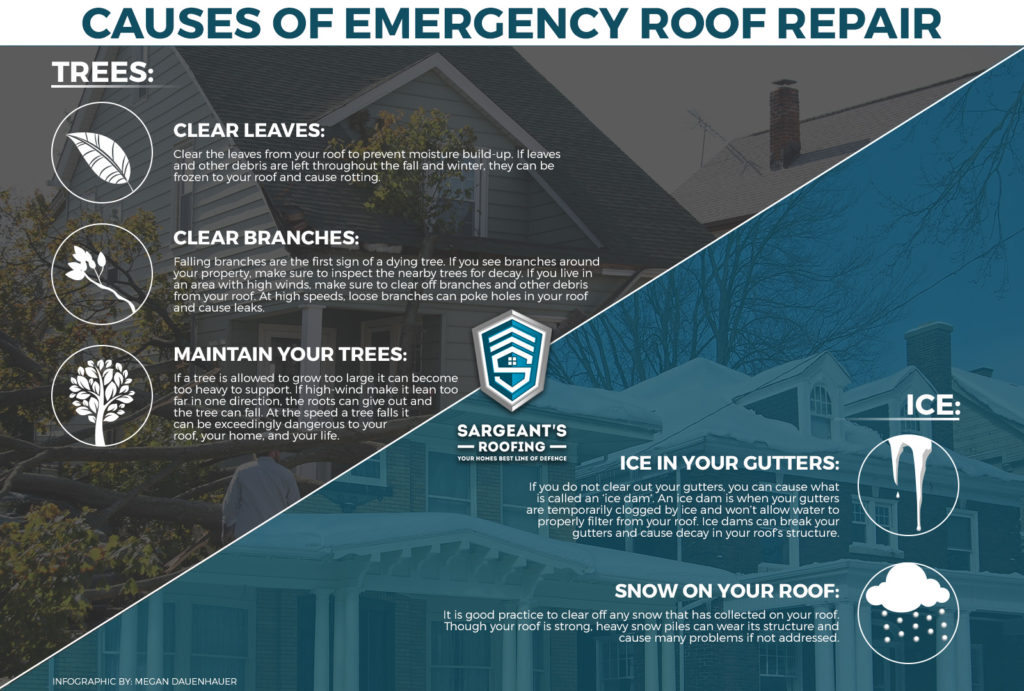Discover Just How The Careful Stability In Between Costs And Environmental Impacts Can Reveal The Complete Capabilities Of Solar Power In Contrast To Traditional Energy Resources
Discover Just How The Careful Stability In Between Costs And Environmental Impacts Can Reveal The Complete Capabilities Of Solar Power In Contrast To Traditional Energy Resources
Blog Article
Composed By-Nicolajsen Stein
When examining the practicality of solar power versus standard energy sources, you may find yourself contemplating the lasting sustainability and influence on your funds. The detailed balance in between first costs, ongoing expenditures, and ecological implications elevates sixty-four-thousand-dollar questions about the future of power generation. As you browse with the complexities of this comparison, a deeper understanding of the subtleties in cost-effectiveness, ecological stewardship, and power safety awaits expedition.
Cost-Effectiveness Comparison
When comparing the cost-effectiveness of solar energy with typical power resources, it becomes evident that preliminary financial investment distinctions play a crucial duty in establishing long-term financial savings.
While solar energy systems need a higher in advance investment for setup and equipment, they use substantial lasting advantages that can exceed the preliminary expenses. The crucial hinge on recognizing that solar energy systems have very little continuous operational and upkeep costs contrasted to conventional power sources like fossil fuels.
By buying solar energy, you can potentially minimize energy expenses over the system's lifespan. In residential roof solar panels , with innovations in modern technology and lowering installation prices, solar energy has actually become much more easily accessible and affordable for home owners and businesses alike. These savings can gather with time, giving a roi that goes beyond typical power sources.
Additionally, solar energy systems offer the advantage of power self-reliance and security against rising and fall utility rates. By utilizing the power of the sun, you contribute to a cleaner setting and decrease your carbon footprint. Accepting solar energy not just benefits your wallet but likewise the planet in the future.
Environmental Impact Analysis
Solar power offers an appealing choice to conventional energy sources due to its significantly reduced ecological influence. Unlike fossil fuels that send out unsafe greenhouse gases and contribute to air pollution, solar power produces electrical energy without producing any kind of emissions.
linked webpage of taking advantage of solar energy involves capturing sunlight through photovoltaic panels, which does not launch any kind of contaminants right into the ambience. This absence of exhausts helps reduce the carbon footprint connected with power manufacturing, making solar energy a cleaner and a lot more sustainable option.
Furthermore, the use of solar energy adds to conservation efforts by reducing the need for finite resources like coal, oil, and natural gas. By relying on the sunlight's bountiful and renewable energy source, we can aid protect natural environments, safeguard communities, and minimize the negative impacts of source extraction.
Integrity and Power Landscape Analysis
For a thorough analysis of reliability and the power landscape, it's vital to evaluate how solar power contrasts to standard resources. Solar energy is gaining ground as a reputable and lasting energy resource. While your input here like coal, oil, and natural gas have actually been traditionally leading, they're finite and contribute to ecological degradation.
Solar energy, on the other hand, is bountiful and sustainable, making it a much more lasting alternative in the long run.
In terms of dependability, solar energy can be dependent on climate condition and sunlight accessibility. Nevertheless, continue reading this in innovation have resulted in the growth of power storage space options like batteries, boosting the integrity of solar power systems. Traditional sources, as a matter of fact, are susceptible to rate variations, geopolitical stress, and supply chain disturbances, making them much less dependable in the long term.
When analyzing the power landscape, solar power uses decentralized energy production, minimizing transmission losses and boosting power protection. Traditional sources, with their central nuclear power plant, are extra susceptible to interruptions and require considerable infrastructure for distribution.
Conclusion
To conclude, when comparing solar energy to traditional power sources, it is clear that solar energy offers a cost-effective, eco-friendly, and reliable alternative. With marginal operational expenses, prospective savings on energy costs, and a dramatically reduced ecological impact, solar energy is becoming a much more lasting and safe option. Embracing solar energy can help in reducing greenhouse gas emissions and add to preservation initiatives, making it a compelling option for the future.
